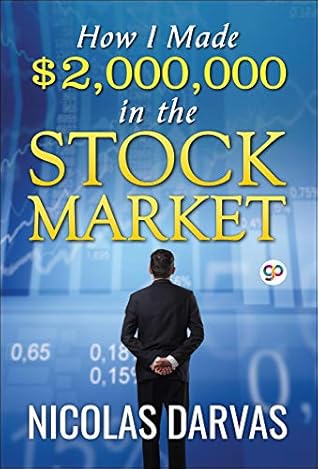More on this book
Community
Kindle Notes & Highlights
The principle remains the same in Wall Street today. Communications are much quicker but the ancient art remains the same—to get in faster than the other fellow.
My Canadian period taught me not to gamble; my fundamentalist period taught me about industry groups and their earning trends; my technical period taught me how to interpret price-action and the technical position of stocks—and now I reinforced myself by piecing them all together. It was like the solution of an intriguing jigsaw puzzle where finally all the pieces fall beautifully into place.
the leaders in the previous market would probably not lead again. I felt sure they had fulfilled their place in history and they would not—for the time being—reach the same dizzy heights that had brought so much money to the investors who had followed them. I had to find new ones.
although I felt quite secure in my judgment with my merged technical and fundamental viewpoints, I did not for one moment consider abandoning my chief defensive weapon—the stop-loss order. No matter how well built your house is, you would not think of forgetting to insure it against fire.
“No, I will not sell at 100. I have no reason to sell an advancing stock. I will hold onto it.”
The overwhelming success of my handling of E. L. BRUCE should have made me more eager and less cautious. Yet, somehow it made me more cautious.
The truth was that as my pocket had strengthened, my head had weakened. I became over-confident, and that is the most dangerous state of mind anyone can develop in the stock market.
It was as if the “get-rich-quick” demon had gotten hold of me. I completely lost the clear perspective I had so carefully built up through my cables. Step by step I led myself along a path where I began to lose my skill.
The first thing I knew, I was following the crowd. My reason forsook me and emotion took over completely.
It was not the market that beat me. It was my own unreasoning instincts and uncontrolled emotions.
my emotions became involved with the stocks—and the cold, clinical approach had gone.
You will notice that in each case I was successful in taking larger profits than losses in proportion to the amounts invested.
It was the old tried and trusted answer: I did not have any reason to sell a rising stock. I would just continue to jog along with the trend, trailing my stop-loss behind me. As the trend increased, I would buy more.


